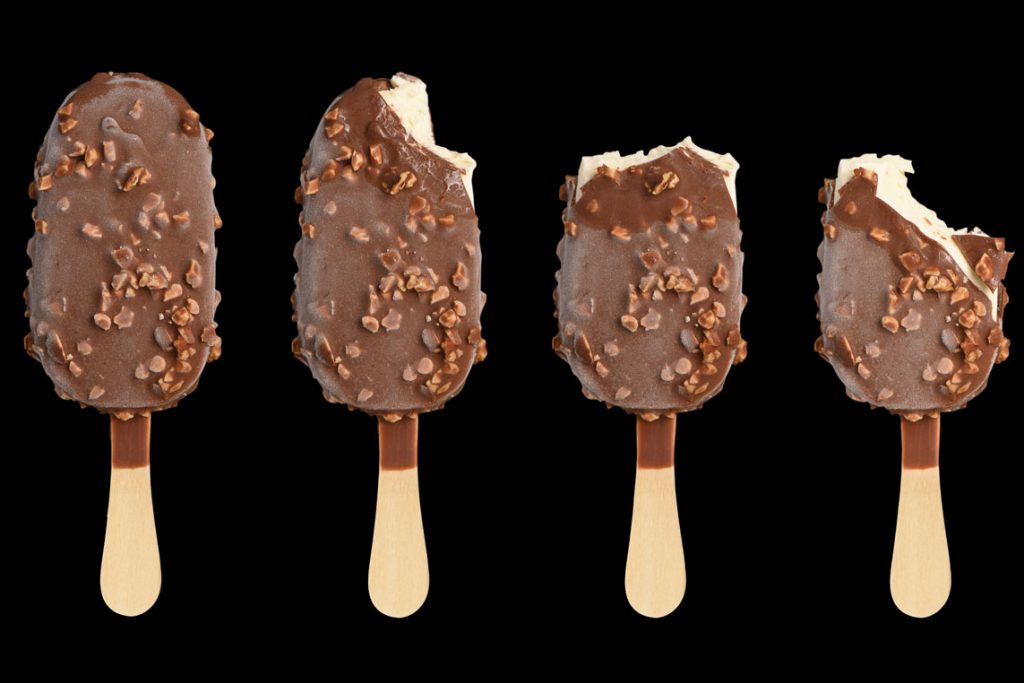It all starts with an innocent spoonful of ice cream. Then another. Then another. But before you know it, your ice cream sundae — or perhaps morning smoothie — has stopped you cold in your tracks with an old fashioned case of sphenopalatine ganglion neuralgia — better known as brain freeze.
It’s so common, you could ask if it’s really even summer without experiencing this sensation. It’s not harmful and it doesn’t last long, but when it hits, those few seconds can be crippling.
So what causes it?
After many personal experiments diving face first into that mint chocolate chip cone, you already know that cold treats leave you with a quick and intense headache. But what causes our bodies to react that way? Is it really cold temperatures “freezing” your brain?
“On the roof of your mouth you have this thick bed of capillaries, so when you have something cold, it causes the diameter of those capillaries to shrink,” said Dr. Kris Rau of Virginia Tech.
(Rau has spent the past 20 years studying pain and how to treat it, and is wildly overqualified to tell us we need to eat our ice cream more slowly, but happily does so anyway.)
“And when the capillaries constrict, it happens so quickly that all of those nerves that feed into the trigeminal nerve — one of the major nerves of the facial area — it’s interpreted as a painful stimulus,” Rau says.
The brain can’t detect pain on its own, but its thin covering, the meninges has pain sensing fibers, which are hooked up to the trigeminal nerve.
“Because the trigeminal nerve detects pain and temperature information from your face, your brain can’t sort out where that pain is coming from, so it thinks it’s coming from your forehead,” said Rau.
It may seem strange that we get ice cream headaches in our forehead from a stimulus applied in our mouth, but it’s not the only example of misplaced pain, Rau points out. Other examples of this are back pain with a kidney infection or pain in your arm signaling a heart attack.
With brain freeze, the body’s desired effect is achieved. Your brain, signaling a potentially dangerous change in temperatures (hey, it doesn’t know you’re just enjoying a creamy treat), gets you to put down the cold stimulus until temperatures return to normal.
But the news about ice cream headaches isn’t all frigid. Rau says there is also some evidence that inducing ice cream headaches might be an effective treatment for people who suffer from migraines. While it doesn’t work for everyone, it’s worth a try.
Treating brain freeze
If you find your summer sweet tooth got the best of you and now you’re dealing with brain freeze, press your tongue against the roof of your mouth, suggests Rau. The heat will transfer from your tongue to your ganglion nerves and cause them to relax. Drinking a warm beverage, or even just tap water, will also help normalize the temperatures in your mouth.
But the best way to handle brain freeze it to avoid it altogether. Eat cold foods more slowly so they have a second to warm up before swallowing. Also, keep cold foods in the front of your mouth initially. The nerves that trigger brain freeze are found further back.

Also see, Star spangled ice cream sandwiches.




